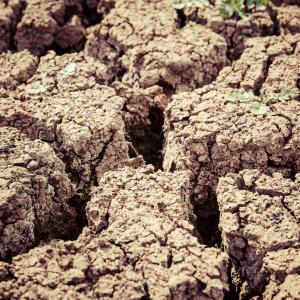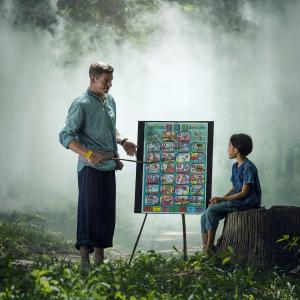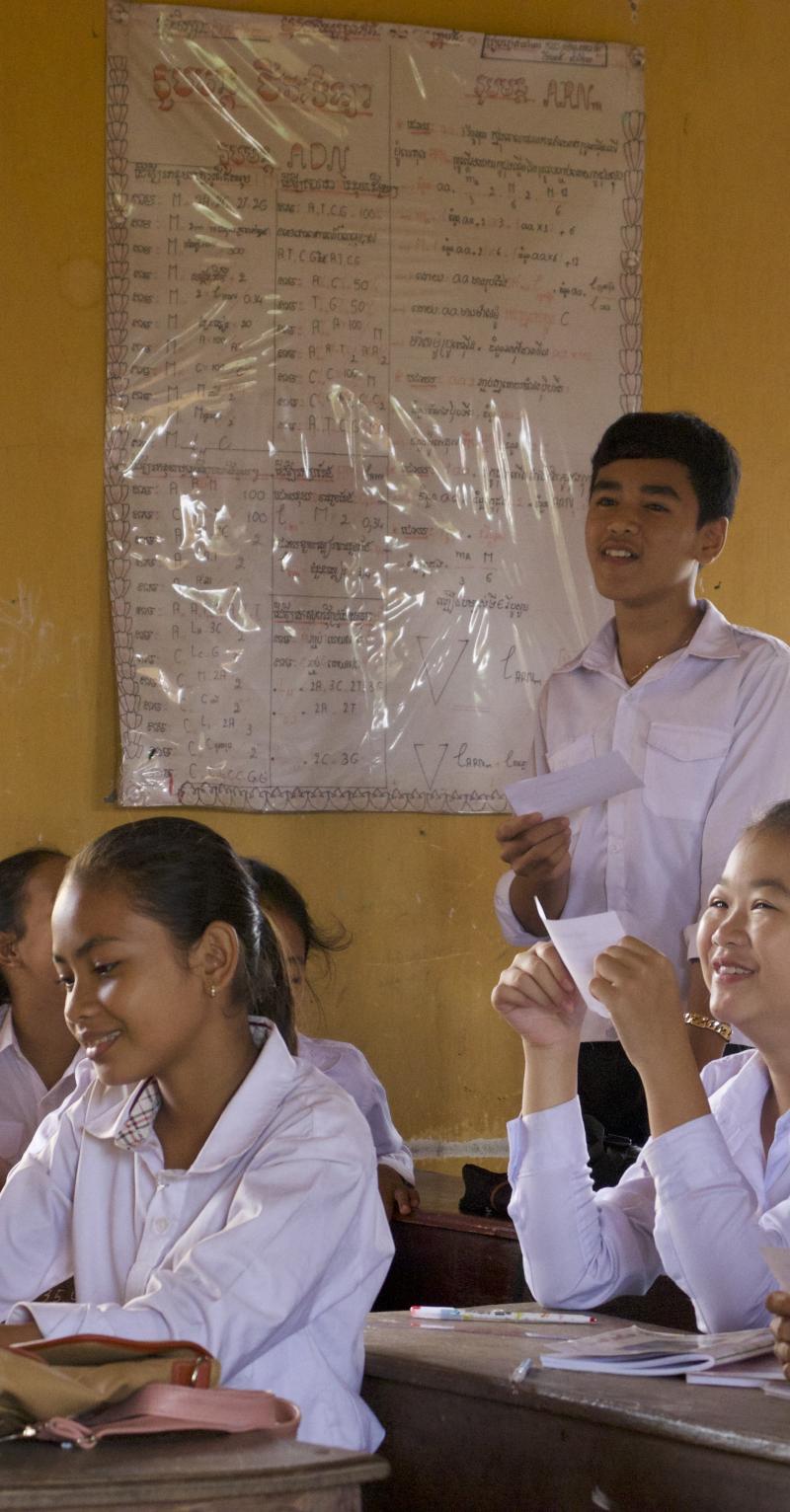Education in Emergencies
Vem är asylsökande?
Det här är en kort animerade video gjort av UNHCR som definierar termen "asylsökande." Den här videon kan vara en användbar förberedelse för en lektion och det kan också användas under lektioner för att få liv i detta ämne för eleverna.

Climate Education
One Resilient Earth - Nests
This website offers a safe and positive space for people to share about the impact of climate change and environmental degradation on their lives. The articles can be used in preparing student lessons, for extended projects, and for professional deve...

Climate Education
Education for Sustainable Development Goals: Learning Objectives
This publication is designed as a guide for education professionals on the use of Education for Sustainable Development in learning for the SDGs, and consequently to contribute to achieving the SDGs. The guide identifies indicative learning objective...
Girls' Education
Math Looks the Same in the Brains of Boys and Girls, Study Finds
An article debunking myths that boys and girls start out with different cognitive abilities in mathematics. The finding challenges the idea that more boys end up in STEM fields because they are inherently better at the sort of thinking they require.
Girls' Education
What We Learn About Girls' Education from Interventions that Do Not Focus on Girls
This review brings together evidence from 270 educational interventions from 177 studies in 54 low- and middle-income countries and identifies their impacts on girls, regardless of whether the interventions specifically target girls.
Education in Emergencies
La storia di Hassan e Youssof
In questo breve video, Hassan and Youssof sono due bambini rifugiati che riflettono sulla loro vita in Siria e raccontano della loro decisione di andare in Europa e del loro padre, un campione di karate che ha insegnato loro la disciplina. Il video è...
TACL
Brittany Packnett: Inhumane Acts Dehumanise Us All
Paulo Freire wrote that the purpose of education is for the oppressed to liberate themselves and their oppressor. In this video from 2017, a Teach For America alumna and powerful leader of the Black Lives Matter movement discusses her personal experi...

Climate Education
ClimateScience
Climate Science is a global charity led by hundreds of driven volunteers from 30 countries and a small team of staff. They aim to make learning about climate change engaging, accessible, and reliable. As part of this, they offer visual, easy-to-under...


